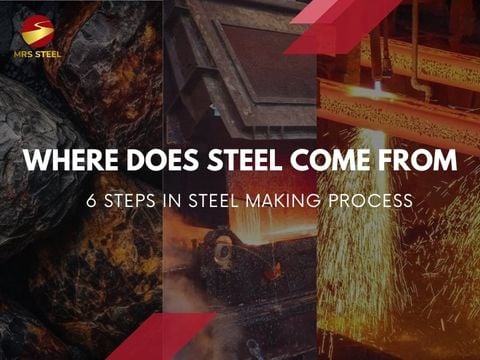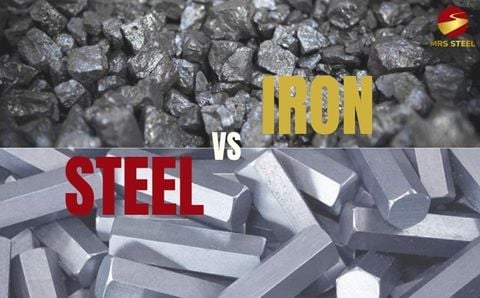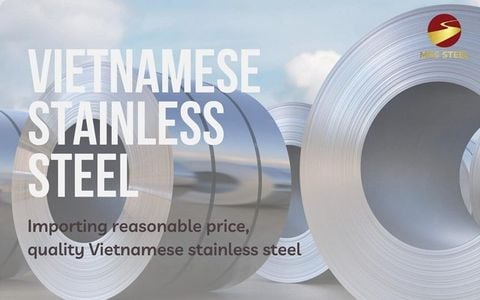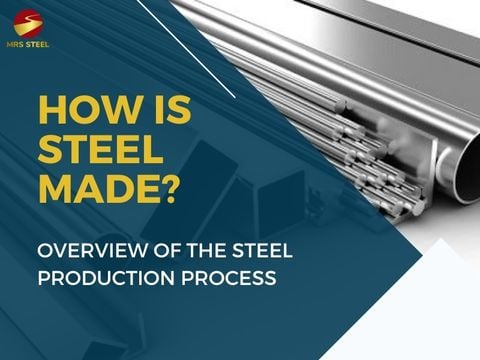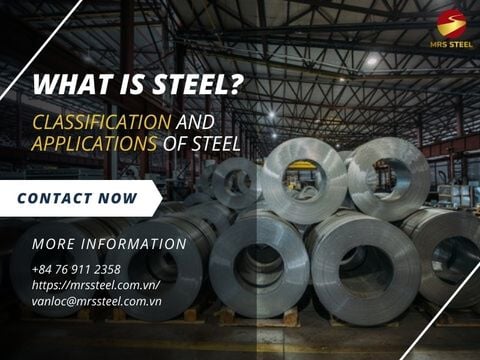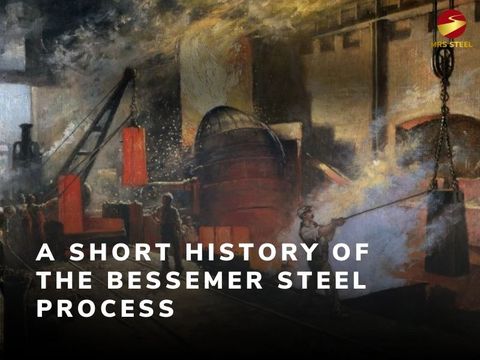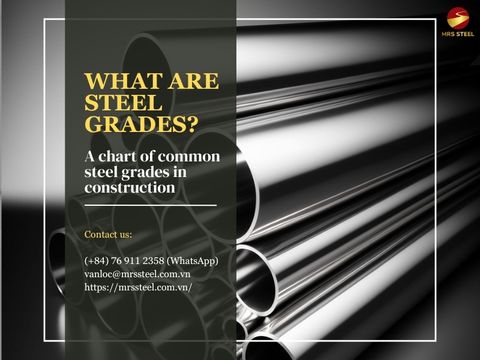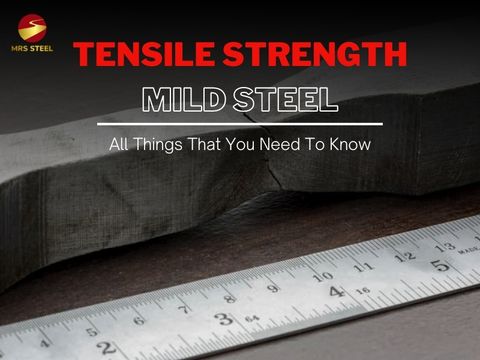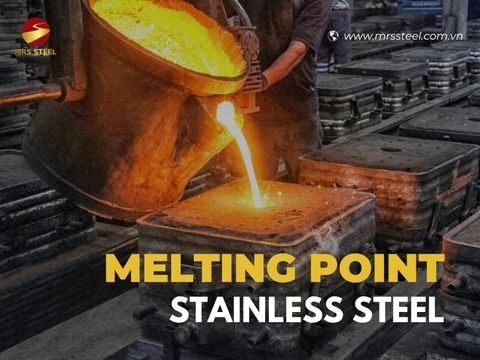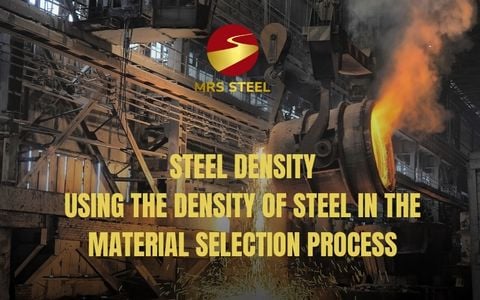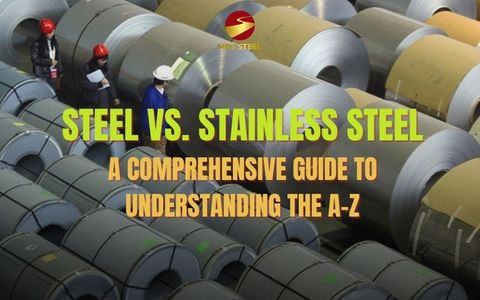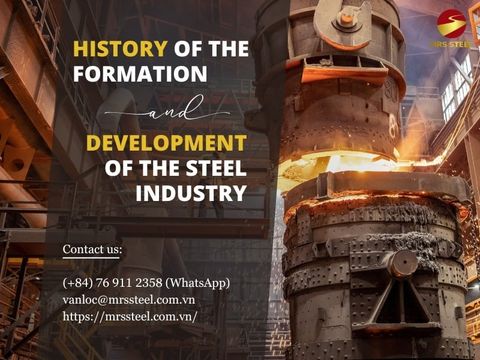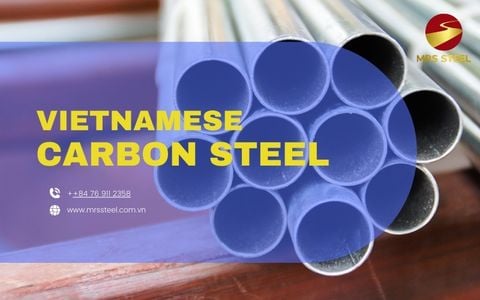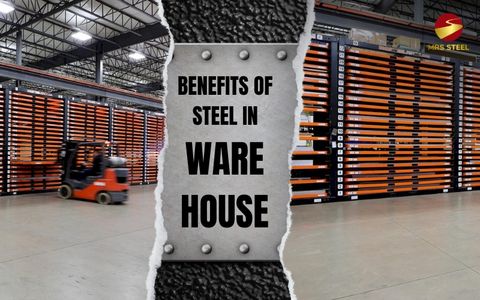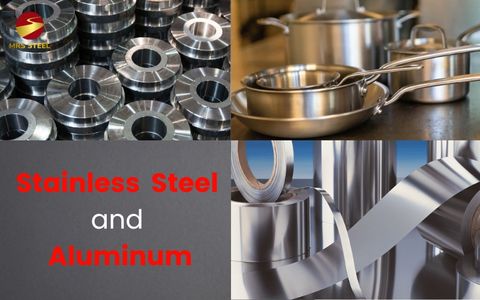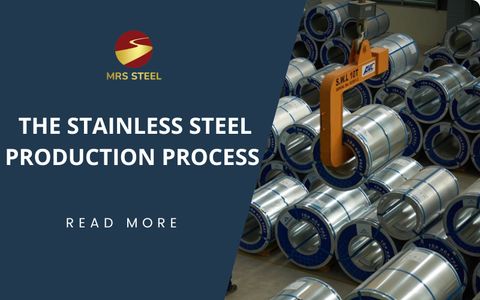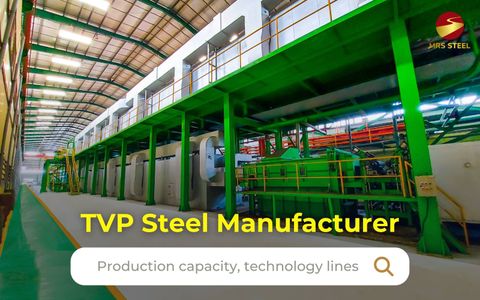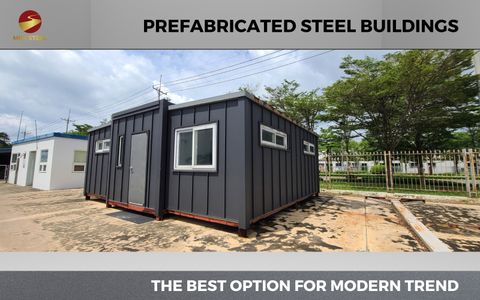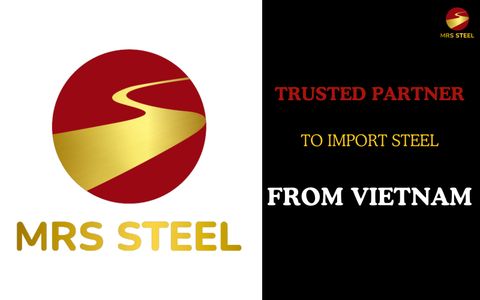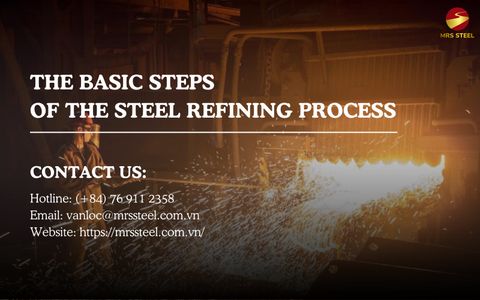Steel modulus of elasticity - Definition and why is it important

BlogDate: 17-05-2024 by: Ngan Le
The steel modulus of elasticity is an important property in engineering for measuring the material's stiffness. Choosing the appropriate type of steel with the right modulus of elasticity ensures not only the safety and stability of a structure but also directly impacts the performance and lifespan of the product.
In today's article, let's explore with MRS Steel the definition of the elastic modulus of steel, relevant calculation formulas, and their role in modern engineering applications.

Choosing the steel type with suitable modulus enhances the stability of the project
Understanding steel modulus of elasticity
The young’s modulus of steel demonstrates its capacity to endure external forces without causing permanent deformation. It serves as a crucial metric for gauging steel's rigidity, evaluating its ability to withstand deformation when subjected to various forces, encompassing both bending and temporary deformation.
Expressed in units of GPa (Gigapascal) or MPa (Megapascal), the modulus of elasticity's choice of measurement unit depends on the precision requirements of the application. GPa is typically employed for high-precision applications, while MPa is more commonly used for larger-scale measurements.

The steel modulus of elasticity is ability to withstand forces without causing permanent deformation
Elastic modulus of steel’s roles in material evaluation
In today's engineering applications, determining the modulus of elasticity of steel psi assists engineers and manufacturers in gaining a deeper understanding of various aspects of the steel production process. For example, engineers must calculate and select steel types with suitable modulus of elasticity to ensure that their structures can withstand forces without excessive deformation, thereby ensuring stability and safety for projects.
The role of steel modulus of elasticity is not limited to structural analysis but extends to manufacturing processes and material development, as evidenced in industries such as energy, automotive, aerospace, and maritime. Specifically, the modulus of steel plays a critical role in determining the production of equipment that must withstand harsh environments and diverse weather conditions.
In the automotive industry, using steel with a high modulus of elasticity not only reduces vehicle weight but also improves safety and impact resistance. Conversely, in the aerospace industry, the steel modulus of elasticity directly impacts the weight of equipment, thereby enhancing performance and safety during flight operations.

Engineers rely on the modulus of steel to estimate the safety for the construction
Calculating formula of steel modulus
In mathematical formulas, the steel modulus of elasticity is represented as the ratio between stress and strain, indicating that materials with lower elasticity modulus are more susceptible to deformation, while those with higher modulus exhibit greater steel tensile modulus or stiffness.
E = σ/ϵ
E denotes the modulus of elasticity of steel psi (commonly measured in units of GPa or MPa)
σ stands for the yield strength of steel (units: Pa or MPa)
ϵ represents the strain of steel

The steel modulus of elasticity is calculated by the ratio between stress and strain
Some important units in steel modulus of elasticity
The young’s modulus of steel can be analyzed through various mechanical tests such as tension, compression, and bending tests. These experiments help determine the modulus of steel in real-world conditions to gain a deeper understanding of its stiffness in specific applications.
The steel modulus of elasticity, abbreviated as E, is the paramount parameter in elasticity calculations as it gauges the steel's resistance to deformation under applied forces. A higher E value steel indicates a greater degree of stiffness and mechanical stability in the steel. This implies that steel products possess enhanced load-bearing capacity, experiencing minimal deformation under various external forces. Consequently, this underscores the efficacy and safety of steel products in operating efficiently under load conditions.

The modulus of steel can be analyzed through tension, compression, and bending tests
Stress (σ) is the amount of force required to induce permanent deformation in steel, and it is determined from the moment when the steel transitions from its elastic phase to plastic deformation. Specifically, during experimentation, researchers subject a steel sample to gradually increasing tensile forces. Initially, the steel undergoes elastic deformation, during which it can return to its original shape once the force is removed. However, as the pressure reaches a certain threshold, the steel enters a state of permanent deformation, and this point is identified as the stress point.
When a force acts on the steel sample, it causes deformation, and strain (𝜖) measures the extent of that deformation. Strain is expressed as the ratio of the change in size of the steel specimen after applying force to its initial size.

Three main units of the elastic modulus of steel include the E value, stress, and strain
Table about modulus of steel types
The modulus of steel at room temperature typically varies. The young's modulus of steel at room temperature usually falls within the range of 190 GPa (27500 ksi) to 215 GPa (31200 ksi). Adjusting factors such as temperature, duration, and the cooling process can lead to significant variations in the modulus. Moreover, steel comprises numerous different grades, each with distinct mechanical properties, contributing to differences in the modulus values among various steel types.
Below is a reference table presenting the modulus of elasticity values for some of the most common steel grades used in today's construction and manufacturing industries:

The table indicates modulus of elasticity carbon steel, stainless steel and tool steel
Explore more steel grades and specifications by MRS Steel
Before proceeding with the transaction of steel products, it is essential to do more than just gather information about supplier factories and prices. Clearly identifying the technical specifications of the steel is imperative. Among these specifications, the steel modulus of elasticity stands out as a crucial indicator. It aids engineers and buyers in predicting the hardness and assessing the significance when operating under load conditions.
Hence, seeking out a trustworthy steel manufacturing facility to guarantee the quality of products for projects can significantly reduce risks during utilization. MRS Steel, committed to offering steel solutions for importers, endeavors to streamline the process of selecting and procuring products for clients, thereby optimizing both time and effort involved.
If you have a demand further about steel products in the Vietnamese market, such as construction steel, steel pipes, galvanized steel, pre-painted galvanized steel or HRC, CRC,... please contact MRS Steel via Whatsapp at +84 769 112 358 or email us at vanloc@mrssteel.com.vn for free consultation.












